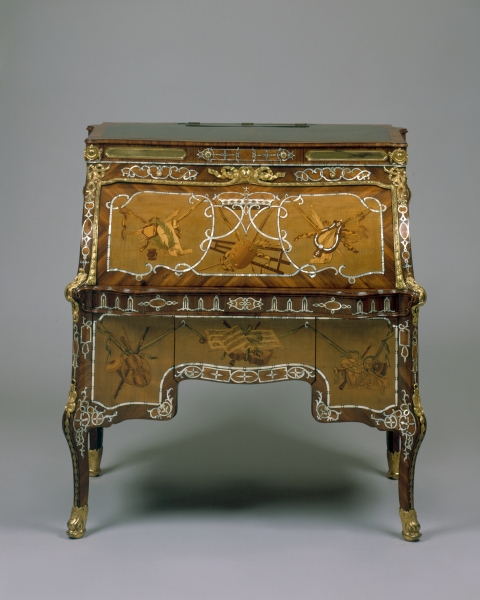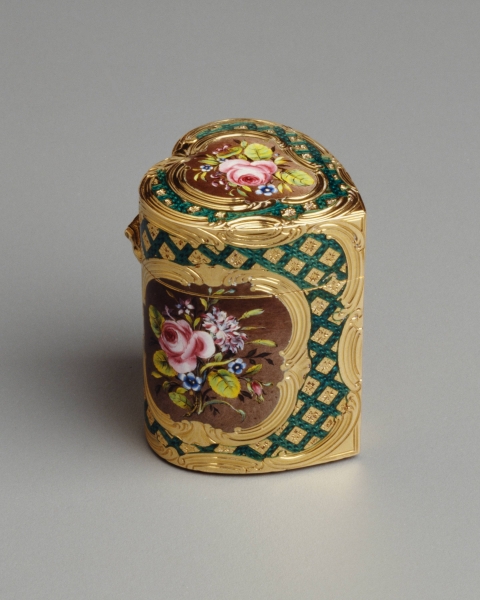The French Collection
The French Collection
Marjorie Merriweather Post inherited the Post Cereal Company in 1914 and with it the desire to represent her newfound stature, as one of the wealthiest women in America, in the objects and furnishings with which she surrounded herself. She embraced the style of eighteenth-century France that was the trend with fashionable New York society and what emerged is one of the most important decorative arts collections put together by a single person in the country.
Tutored by the legendary British art dealer Sir Joseph Duveen in the early 1920s, Marjorie Post initiated her appreciation of the best qualities of the fine and decorative arts. She and her second husband Edward F. Hutton had built the largest triplex apartment in New York City. The architectural styles of the handsome interior were of the Louis XV and Louis XVI periods. To embellish her home’s impressive rooms, she amassed a splendid collection of eighteenth-century French furniture. In addition, she began collecting porcelain examples of the French royal manufactory of Sèvres. Today, displayed throughout Hillwood, her French decorative arts collection remains one of the most important in America.
Furniture
The neoclassical tradition of Louis XVI, characterized by harmony, balance, delicate decoration, and superb craftsmanship and design, pervades the furniture in the French Collection. Exquisite writing and dressing tables, commodes, desks, and chairs populate the mansion, most notably in the Entry Hall, the French Drawing Room, Dining room, and the Post Bedroom. Arranged to perfection with the collector’s savoir faire in collaboration with the prominent New York interior designers of French & Co and McMillen & Co, these pieces enhance each space, contributing to the elegant flavor.
Marjorie’s collection grew so much in the first two decades of the twentieth century that, following notably in the footsteps of J. P. Morgan, she engaged several authors to prepare a catalogue of her collections to be privately printed. Although the project was abandoned with the stock market crash of 1929, her collecting of French furniture continued throughout her life.
Porcelain
No porcelain factory in eighteenth-century Europe reflected courtly taste better than Sèvres. The form and color of its pieces expressed the frivolity and the sheer joy of life of the privileged during that time. In Marjorie Post’s collection, reflecting her taste for the classical and the beautifully crafted, items range from examples of the early years of the factory at Vincennes to a grand selection of eighteenth-century pieces both in soft-paste and hard paste. Included in this assemblage are some outstanding vases as well as tablewares—plates, cups, and saucers—from celebrated services. While much of the Sèvres collection was intended for display, Marjorie also acquired pieces, in particular tableware, for use when entertaining. Dining at her table evoked the grandeur of the great banquets of the past, with lace-covered tables displaying porcelain sets commissioned by royalty.
 Gold Boxes
Gold Boxes
The collection of gold boxes and objects of vertu at Hillwood testifies to the sustained interest of Post in precious objects with historical associations. Many of the gold boxes in the collection were bought in the 1920s and 30s. These French gold boxes set the tone for Post’s collection of objects of vertu in general, including her later Fabergé and even her Cartier. The boxes epitomize her taste for the beautifully crafted and her affinity for precious materials and small objects reflecting the civility and frivolity of the society of the Ancien Régime.
